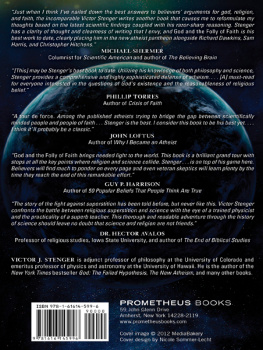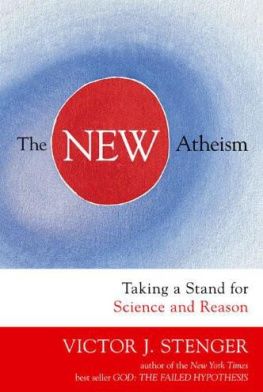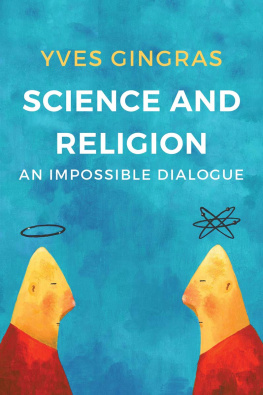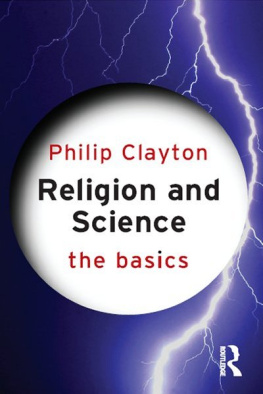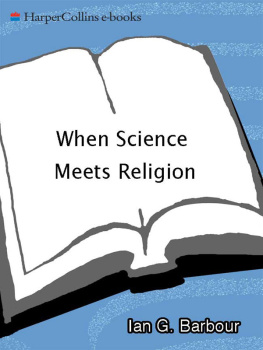
O
nce again I am deeply indebted to Brent Meeker and Bob Zannelli for their meticulous reading of my various manuscripts and their many invaluable corrections and changes. They are longtime members of the discussion group avoid-L (Atoms and the Void) that I created over a decade ago, now ably managed by Bob. Others from avoid-L who have helped on this book include Greg Bart, Martin Bier, Yonatan Fishman, Don McGee, and Christopher Savage. I have also received valuable assistance from religion scholar Hector Avalos, ancient historian Richard Carrier, physicist Taner Edis, and writer Andrew Zak Williams. Keith Augustine was of great help with my discussion of near death experiences. Sean Carroll and Alexander Vilenkin graciously replied to my e-mail queries on cosmology. I am grateful to Peter Montgomery, senior fellow at People for the American Way, for tracking down some references for me. Also, I wish to express my appreciation to the prominent free thinkers Dan Barker and Michael Shermer for their continual encouragement and support.
Beside these friends and supporters, I am fortunate to have a loving family that continually provides me with inspiration and encouragement.
Finally, I wish to add that I am forever grateful to the late Christopher Hitchens for his inspiration, support, and friendship. He was the greatest writer, intellect, and gentleman I personally have ever known.

V ictor J. Stenger grew up in a Catholic working-class neighborhood in Bayonne, New Jersey. His father was a Lithuanian immigrant, his mother the daughter of Hungarian immigrants. He attended public schools and received a bachelor of science degree in electrical engineering from Newark College of Engineering (now New Jersey Institute of Technology) in 1956. While at NCE, he was editor of the student newspaper and received several journalism awards.
Moving to Los Angeles on a Hughes Aircraft Company fellowship, Dr. Stenger received a master of science degree in physics from UCLA in 1959 and a doctorate in physics in 1963. He then took a position on the faculty of the University of Hawaii and retired to Colorado in 2000. He currently is adjunct professor of philosophy at the University of Colorado and emeritus professor of physics at the University of Hawaii. Dr. Stenger has also held visiting positions on the faculties of the University of Heidelberg in Germany and the University of Oxford in England, and he has been a visiting researcher at Rutherford Laboratory in England, the National Nuclear Physics Laboratory in Frascati, Italy, and the University of Florence in Italy.
His research career spanned the period of great progress in elementary particle physics that ultimately led to the current standard model. He participated in experiments that helped establish the properties of strange particles, quarks, gluons, and neutrinos. He also helped pioneer the emerging fields of very high-energy gamma ray and neutrino astronomy. In his last project before retiring, Dr. Stenger collaborated on the underground experiment in Japan that in 1998 showed for the first time that the neutrino has mass. The Japanese leader of this project, Masatoshi Koshiba, shared the 2002 Nobel Prize for this work.
Victor J. Stenger has had a parallel career as an author of critically well-received popular-level books that interface between physics and cosmology and philosophy, religion, and pseudoscience. His 2007 book, God: The Failed Hypothesis, made the New York Times bestseller list in March of that year.
Dr. Stenger and his wife, Phylliss, have been happily married since 1962 and have two children and four grandchildren. They will celebrate their golden wedding anniversary on October 6, 2012. They now live in Lafayette, Colorado, and travel the world as often as they can.
Dr. Stenger maintains a popular website where much of his writing can be found, at http://www.colorado.edu/philosophy/vstenger/. He also maintains an e-mail discussion list, avoid-L, Atoms and the Void, where the topics range from his own writings to the whole gamut of intellectual discourse and politics.

Adam, T., N. Agafonova, A. Aleksandrov et al. Measurement of the Neutrino Velocity with the Opera Detector in the CNGS Beam. Journal of High Energy Physics, preprint dated November 17, 2011. http://xxx.lanl.gov/pdf/1109.4897v2 (accessed December 22, 2011).
Aguirre, Anthony N., and Steven Gratton. Inflation without a Beginning: A Null Boundary Proposal. Physical Review D 67 (2003): 083516.
Alcock, James E., Back From the Future: Parapsychology and the Bem Affair. Skeptical Inquirer 35, no. 2 (2011): 3139.
. Psychology and Near-Death Experiences. Skeptical Inquirer 3, no. 3 (1978): 2541.
al-Khalili, Jim. The House of Wisdom: How Arabic Science Saved Ancient Knowledge and Gave Us the Renaissance. New York: Penguin, 2011.
Anderson, Elizabeth. If God Is Dead, Is Everything Permitted? In Philosophers without Gods: Meditations on Atheism and the Secular Life, edited by Louise M. Antony, 21530. Oxford, UK; New York: Oxford University Press, 2007.
Anderson, P. W. More Is Different. Science 177, no. 4047 (1972): 39396.
Andrews, Edgar. Who Made God: Searching for a Theory of Everything. Darlington, UK: EP Books, 2009.
Angel, Leonard. Reincarnation and Biology (Book Review). Skeptic 9, no. 3 (2002): 8690.
Armstrong, Karen. The Great Transformation: The Beginning of Our Religious Traditions. New York: Knopf, 2006.
Aspect, Alain, Phillipe Grangier, and Roger Gerard. Experimental Realization of the Einstein-Podolosky-Rosen Gedankenexperiment: A New Violation of Bell's Inequalities. Physical Review Letters 49 (1982): 91.
Atran, Scott. In Gods We Trust: The Evolutionary Landscape of Religion, Evolution and Cognition Series. Oxford, UK; New York: Oxford University Press, 2002.
Attridge, Harold W., ed. The Religion and Science Debate: Why Does It Continue? New Haven: Yale University Press, 2009.
Augustine, Keith. Does Paranormal Perception Occur in Near-Death Experiences? Journal of Near-Death Studies 26, no. 4 (2007): 20336.
. Halluncinatory Near-Death Experiences, http://www.infidels.org/library/modern/keith_augustine/HNDEs.html#veridical (accessed January 26, 2011).
. Near-Death Experiences with Hallucinatory Features. Journal of Near-Death Studies 26, no. 1 (2007): 331.
. Psychophysiological and Cultural Correlates Undermining a Survivalist Interpretation of Near-Death Experiences. Journal of Near-Death Studies 26, no. 2 (2007): 8995.
Avalos, Hector. Fighting Words: The Origins of Religious Violence. Amherst, NY: Prometheus Books, 2005.
. Slavery, Abolitionism, and the Ethics of Biblical Scholarship. Sheffield, UK: Sheffield Phoenix Press, 2011.
Aviles, J. M. et al. Intercessory Prayer and Cardiovascular Disease Progression in a Coronary Care Unit Population: A Randomized Controlled Trial. Mayo Clinic Proceedings 76, no. 12 (2001): 119298.
Baars, Bernard J. Can Physics Provide a Theory of Consciousness? A Review of Shadows of the Mind
Next page
